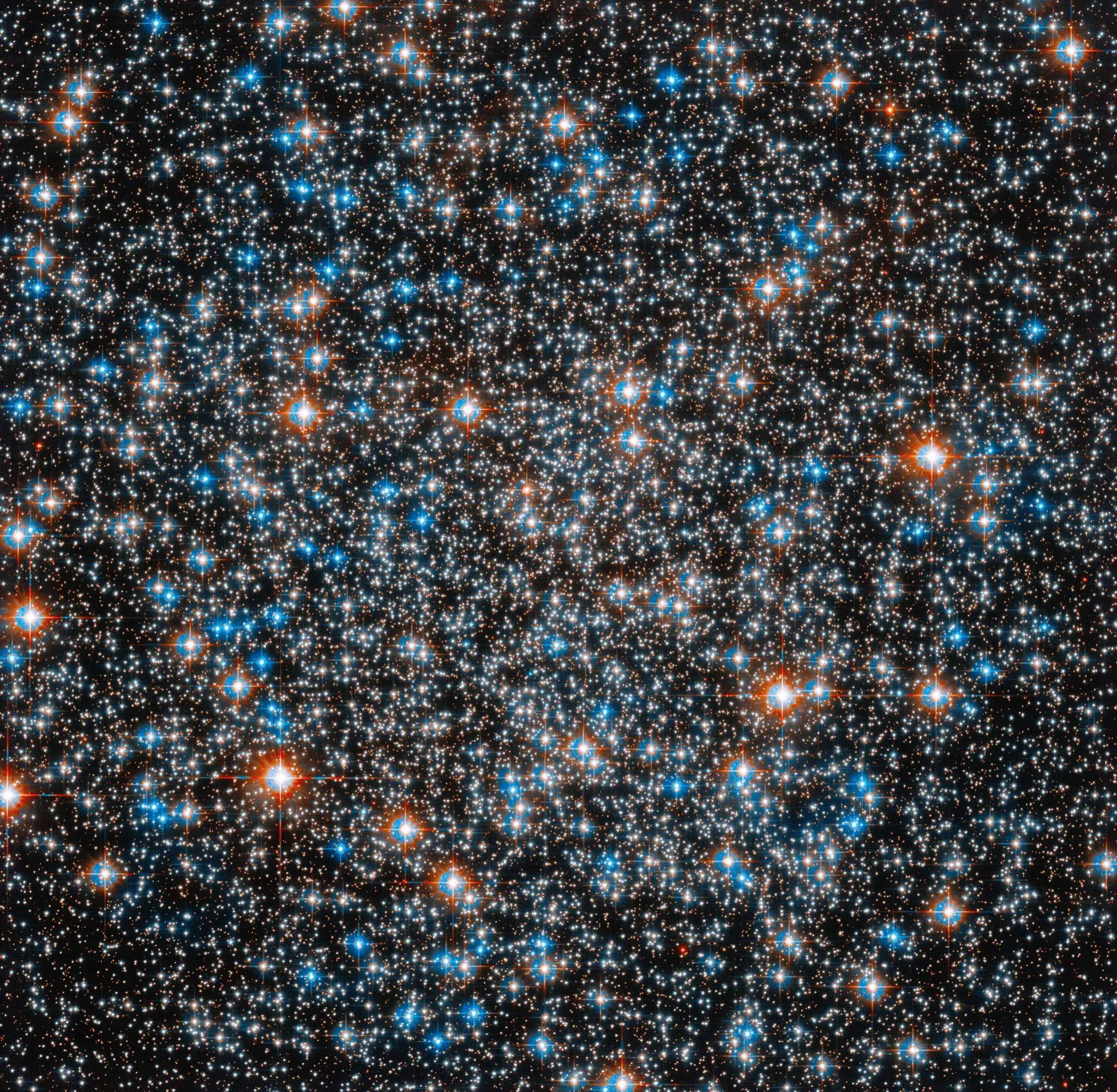M55 | NGC 6809 | Globular Cluster | Sagittarius | 17,600 Light Years Away
Messier 55 is a globular star cluster located in the constellation Sagittarius, and it was discovered by the French astronomer Charles Messier in 1778. Positioned approximately 17,600 light-years away from Earth, this celestial assembly is part of the Milky Way galaxy. Messier 55 is one of the more prominent globular clusters in the southern hemisphere sky and is visible with binoculars or a small telescope.
Comprising hundreds of thousands of stars, Messier 55 exhibits a concentrated, spherical structure typical of globular clusters, with stars densely packed due to gravitational forces. The stars within this globular cluster are quite old, with an estimated age exceeding 13 billion years. Observations of Messier 55 contribute to our understanding of globular clusters, offering insights into the dynamics and evolution of stars in these ancient stellar communities.
Globular clusters like Messier 55 are considered crucial components of the galactic halo, providing astronomers with valuable information about the early stages of the Milky Way’s formation. The study of such stellar groupings helps unravel the complexities of galactic evolution and offers clues about the conditions prevailing in the early universe. Messier 55, with its unique position in the Sagittarius constellation and its distinct structure, adds to the ongoing exploration of globular clusters within the intricate tapestry of our cosmic neighborhood.

